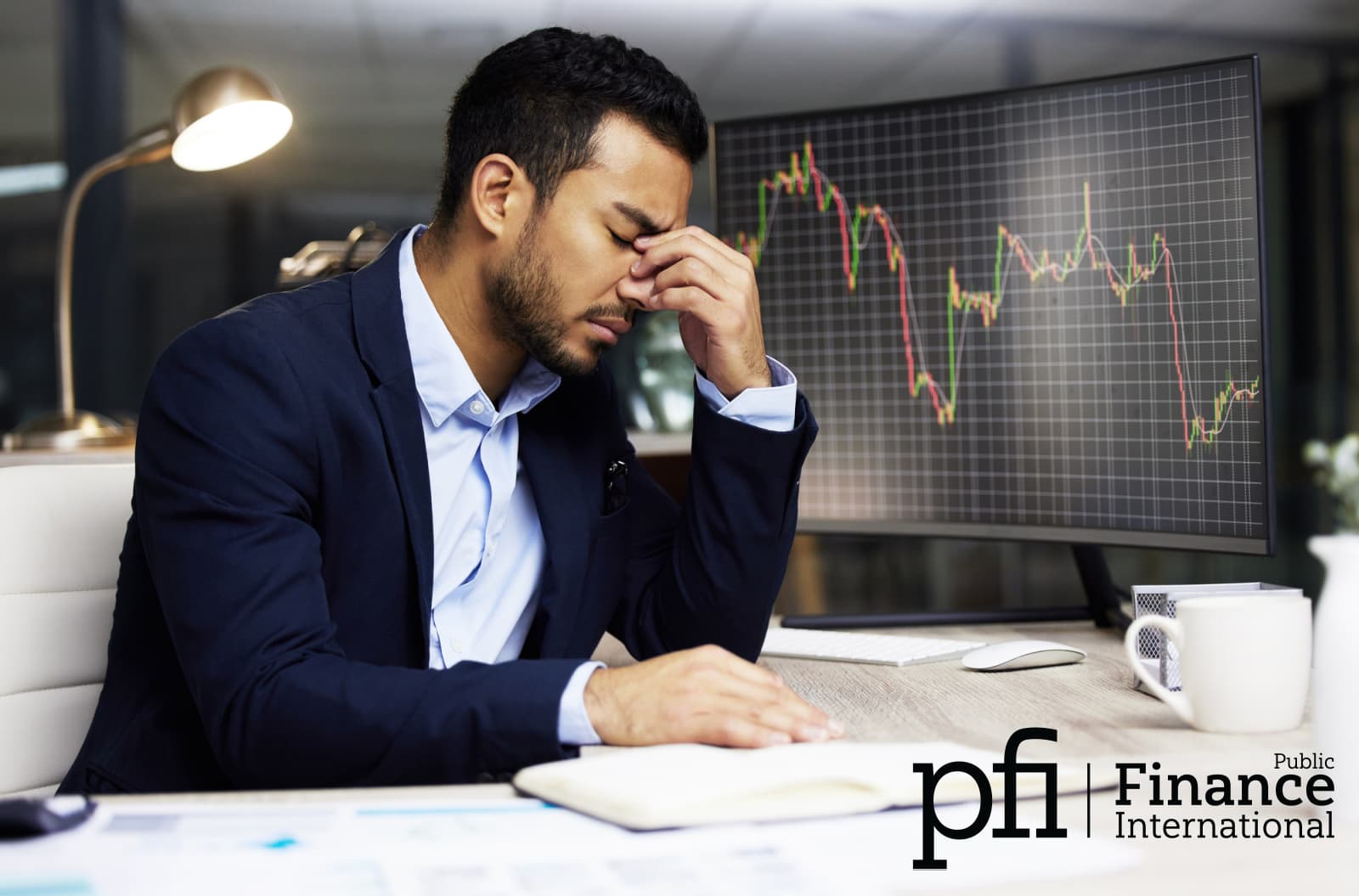A trading curb, also known as a “circuit breaker,” is a financial regulatory instrument that temporarily halts trading to prevent stock markets from crashing. With this, volatility can be reined in and order restored. When this halt occurs, we say the market is “curbs in.”

How Trading Curbs Emerged
On October 19, 1987, also referred to as “Black Monday,” numerous stock markets around the globe experienced a crash that had a cascading impact. The DJIA, a broad index used to indicate the market’s overall health, plummeted by 22.61 percent.
After Black Monday, ex-President Ronald Reagan put together a group of experts and gave it the job of developing rules and restrictions to prevent this from happening again. The Brady Commission—the body charged with investigating the crash—found that the reason that led to this crash was insufficient communication caused by a quick stock market, which caused traders to be confused and eventually led to the market’s freefall.
To address this issue, the committee introduced the trading curb, which can cease trading whenever the stock market experiences a specific loss level. Trading curbs were intended to provide the market participants with some time to communicate. The trading curbs’ initial purpose was to allow traders to communicate and give them the time they needed, not to stop sudden market swings.
How Trading Curbs Work
Following Black Monday on October 19, 1987, the concept of the trading curb was put in place because program trading was believed to be the main reason for the market crash.
A trading curb is intended to provide the stock market breathing room during periods of extremely high volatility. Trading is temporarily suspended so players in the market can consider how they will react to significant and sudden changes in specific assets or market indexes when the halt ends. On US exchanges, the trading curbs apply to all stocks, futures, and options.
Since trading curbs reduce liquidity in the market, many analysts contend that they disrupt the stock market and maintain the market's artificial volatility.
Levels of Trading Curbs
For daily estimates of the 3 levels that might result in a trading halt, the reference index that is used is the S&P 500 Index:
| Level one | It is a 7 percent drop from the S&P 500 Index’s close of the previous day, This causes a trading halt that lasts for fifteen minutes. But if the 7 percent drop happens within thirty-five minutes of the close of the market, the halt will not occur. |
| Level two | It is a 13 percent drop. This results in a suspension of trading that lasts for fifteen minutes. Similar to level one, if the 13 percent drop takes place within thirty-five minutes of the close of the market. the halt will not occur. |
| Level three | It is a 20 percent decline, at which point the stock market will be closed that day. |
According to current regulations, a suspension in trading on a specific asset is implemented when its value changes by 10 percent within a time frame of 5-minute, which has to be a member of the QQQ ETF, Russell 1000 Index, or S&P 500 Index. Trading halts are also implemented when the asset’s value changes by 30 percent, priced at $1 per share (or even above this number). Finally, if an asset’s value changes by 50 percent, provided that it’s priced below $1 per share, a trading halt will be implemented.
Note: a trading curb may be activated for specific security depending on whether the price rises or falls.
